When to plant: Winter or early spring
Time to maturity: One year to the first small crop; two years to a full crop
Light requirement: Full sun
Water requirement: Regular
Favorites: Apollo, Atlas, Guelph Millenium, Jersey Gem, Jersey Giant, Jersey King, Jersey Knight, Jersey Supreme, Mary Washington, Pacific Purple, Purple Passion, Sweet Purple, Teissen, UC 157, Viking
Planting and care: Choose your site carefully. The plants will likely live from 15 to 30 years and reach 5 feet tall, so they’re a noticeable presence in any garden.
Careful soil preparation is essential. Weeds and grasses can easily crowd out the plants, so remove all extraneous plant materials; with an early enough head start, you can even sterilize the soil to remove any seeds. The soil should be rich and fertile, with a pH above 6. Sandy soil is best, as it needs to drain well and rapidly. If need be, grow asparagus in a raised bed.
Dig a trench 12 inches wide and 8 inches (for warmer climates) to 12 inches deep (for cold-winter climates), slightly shallower if your soil is heavy. Place the soil you removed to the side. If you're growing the plants in rows, create the next trench 3 to 6 feet away. Add 2 to 3 inches of manure to the bottom of the trench, then a complete fertilizer that is high in phosphorus. Mix the fertilizer and manure in with loose soil to build a mound 2 inches high in the trench’s center.
Place year-old crowns, spreading out the roots, about 12 to 18 inches apart along the mound. Cover the crowns with about 2 to 3 inches of loose soil. As the shoots appear, keep adding loose soil until the mound sits just above the surrounding soil level.
Keep the bed well watered and be diligent about keeping it weed free; adding a thick layer of mulch will help you meet both goals. Apply a complete fertilizer in fall after harvest time and again in spring before the shoots emerge.
Though the plants are sturdy, there are a number of pests and diseases that may affect them. Asparagus beetles may be a problem; keep the garden bed clean and pick off any beetles or larvae. Other common pest problems include aphids, cutworms and gophers. Rust, rot and fusarium wilt can be problematic as well; look for disease-resistant varieties.
Let the shoots grow undisturbed the first year after planting. In warmer climates, remove the foliage when it dies back. In cold climates, let the foliage stay to help hold snow in place and insulate the plants, then remove the dead foliage in spring before the first spears emerge.
Harvest: You’ll get a few spears after the first full year of growth. Most experts advise just leaving these be, but if you can’t wait, snap or cut them below the spears when they are between 5 and 10 inches long; leave a white snub. Stop harvesting when the spears look weak. The next year, the crop should continue for two to three months; stop harvesting once the spears begin to wane in size and strength.

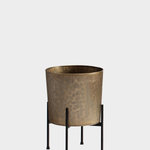







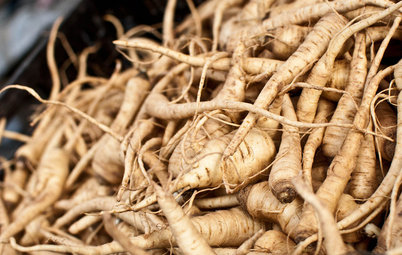
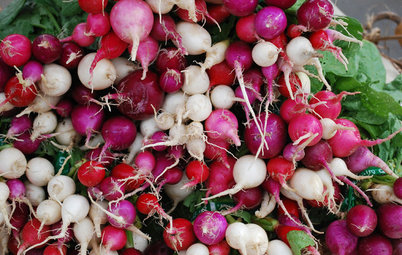
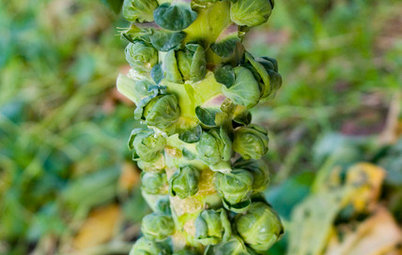
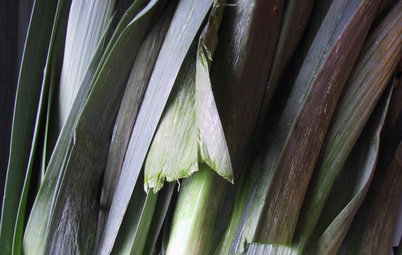
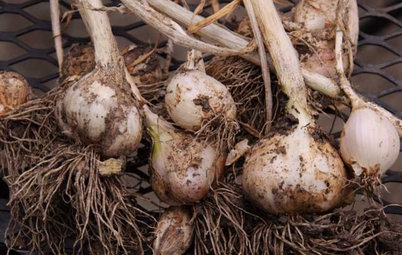
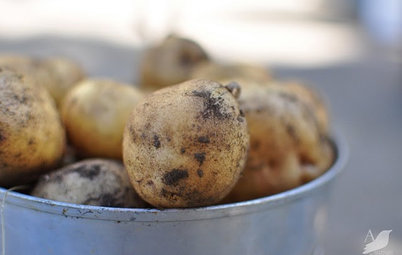
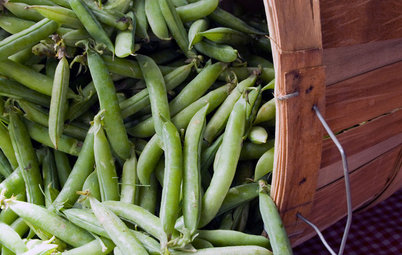
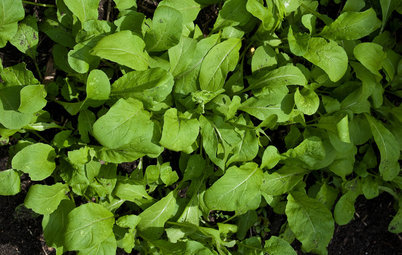
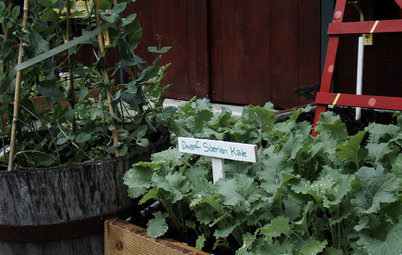
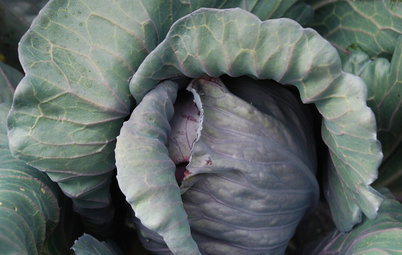
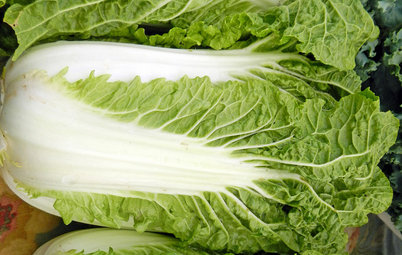
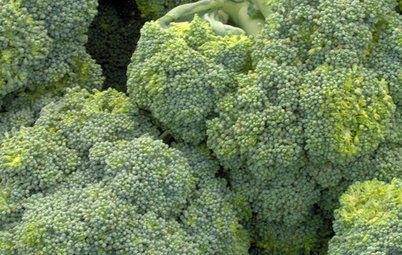
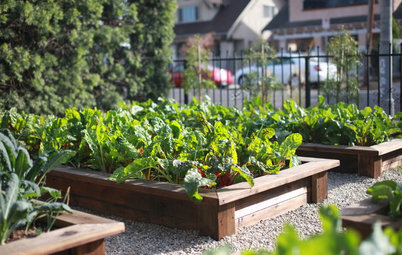
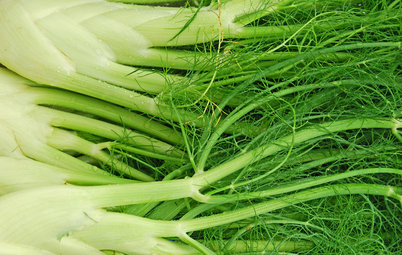
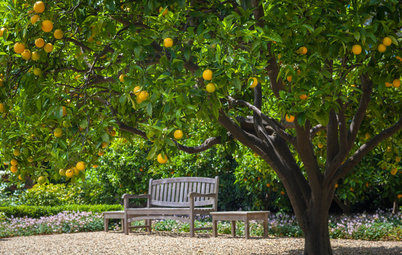






Time to maturity: One year to the first small crop; two years to a full crop
Light requirement: Full sun
Water requirement: Regular
Favorites: Apollo, Atlas, Guelph Millenium, Jersey Gem, Jersey Giant, Jersey King, Jersey Knight, Jersey Supreme, Mary Washington, Pacific Purple, Purple Passion, Sweet Purple, Teissen, UC 157, Viking
Planting and care: Choose your site carefully. The plants will likely live from 15 to 30 years and reach 5 feet tall, so they’re a noticeable presence in any garden.
Careful soil preparation is essential. Weeds and grasses can easily crowd out the plants, so remove all extraneous plant materials; with an early enough head start, you can even sterilize the soil to remove any seeds. The soil should be rich and fertile, with a pH above 6. Sandy soil is best, as it needs to drain well and rapidly. If need be, grow asparagus in a raised bed.
Dig a trench 12 inches wide and 8 inches (for warmer climates) to 12 inches deep (for cold-winter climates), slightly shallower if your soil is heavy. Place the soil you removed to the side. If you're growing the plants in rows, create the next trench 3 to 6 feet away. Add 2 to 3 inches of manure to the bottom of the trench, then a complete fertilizer that is high in phosphorus. Mix the fertilizer and manure in with loose soil to build a mound 2 inches high in the trench’s center.
Place year-old crowns, spreading out the roots, about 12 to 18 inches apart along the mound. Cover the crowns with about 2 to 3 inches of loose soil. As the shoots appear, keep adding loose soil until the mound sits just above the surrounding soil level.
Keep the bed well watered and be diligent about keeping it weed free; adding a thick layer of mulch will help you meet both goals. Apply a complete fertilizer in fall after harvest time and again in spring before the shoots emerge.
Though the plants are sturdy, there are a number of pests and diseases that may affect them. Asparagus beetles may be a problem; keep the garden bed clean and pick off any beetles or larvae. Other common pest problems include aphids, cutworms and gophers. Rust, rot and fusarium wilt can be problematic as well; look for disease-resistant varieties.
Let the shoots grow undisturbed the first year after planting. In warmer climates, remove the foliage when it dies back. In cold climates, let the foliage stay to help hold snow in place and insulate the plants, then remove the dead foliage in spring before the first spears emerge.
Harvest: You’ll get a few spears after the first full year of growth. Most experts advise just leaving these be, but if you can’t wait, snap or cut them below the spears when they are between 5 and 10 inches long; leave a white snub. Stop harvesting when the spears look weak. The next year, the crop should continue for two to three months; stop harvesting once the spears begin to wane in size and strength.